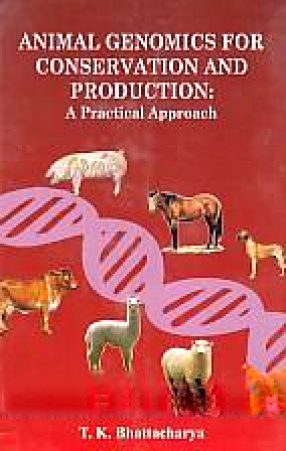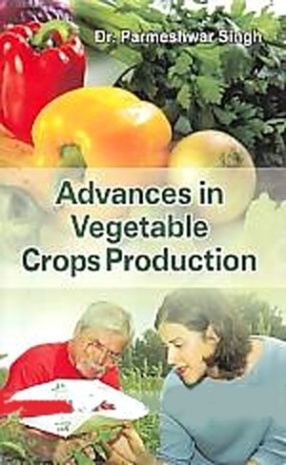An elementary text is necessarily conservative in presenting the results of scientific progress, and rightfully witholds recognition of new discoveries until these have become definitely established.
As commonly presented in elementary courses this subject has for some time been in need of a thorough revision. The remarkable discoveries of recent years with regard to the character of the earliest known land plants, the Psilophytales of the Devonian, have provided us with a basis from which to derive the three main lines of vascular plants which are now so clearly distinguishable, and which for some time have been designated as the Lycopsida, the Sphenopsida, and the Pteropsida. The evolution ofthe modern seed-bearing plants-the Gymnosperms and the Angiosperms- from the last of the three is universally admitted, but the name Spermatophytes for these plants is evidently a misnomer, since the seed-bearing habit has certainly arisen a number of times and in other groups. The time honored terms Pteridophyta and Spermatophyta and the groupings which these designate have therefore been discarded in favor of a more natural classification and a more appropriate nomenclature. For the vascular plants as a whole the term Tracheophyta is here proposed, as cognate with Thallophyta and Bryophyta.
The field of botanical science is progressing so rapidly and seems destined to occupy such an important place that even the beginning student should become acquainted with the point of view which it presents. The most characteristic feature of living organisms is their possession of specific shapes, and the factors which are responsible for the development of these shapes are thus of great importance biologically.






There are no reviews yet.